Hi-van is supported by its audience. When you purchase using our links, we may earn an affiliate commission (no added cost to you). Learn more
Overlanding is an increasingly popular way for many folks to experience natural landscapes and travel to remote destinations. The extent of the sport’s impact on the environment has long been debated, and the answer isn’t always clear-cut.
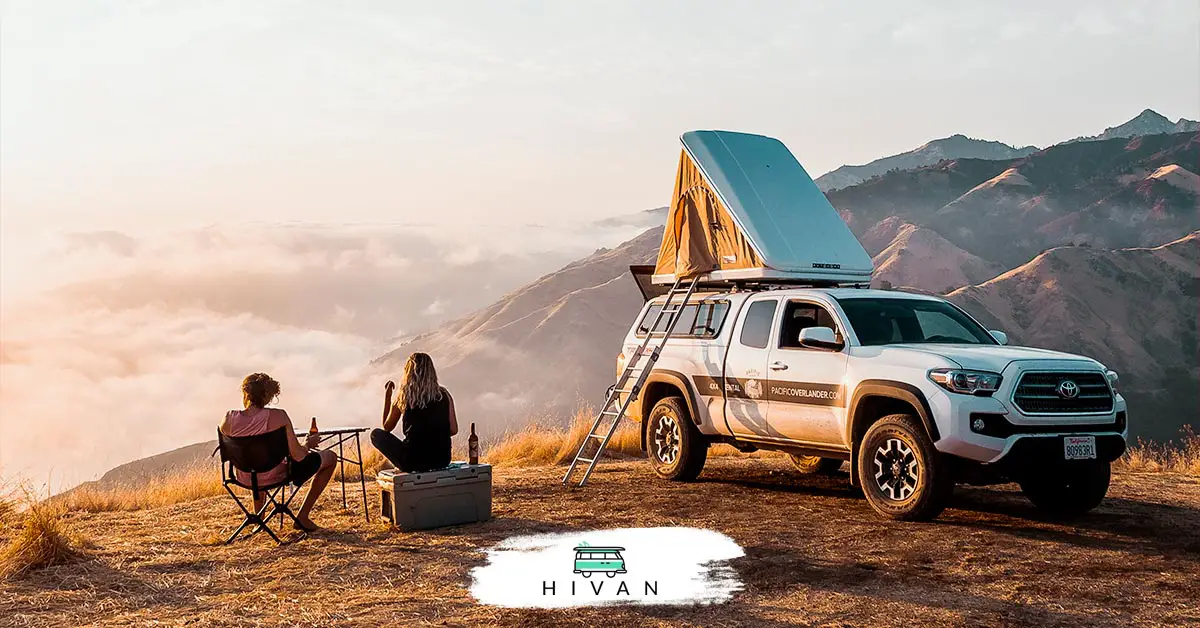
Overlanding isn’t bad for the environment as long as you practice it responsibly, like understanding local regulations and taking steps to minimize your impact on the ecosystem.
Learn how to overland responsibly and have a blast while minimizing your impact on the environment!
Many factors contribute to the level of overlanding’s impact on the environment. Irresponsible overlanding often gives the whole sport a bad name, and the wide availability of 4×4 rentals that lack an educational component contributes to this problem. Below I’ll discuss some common environmental problems associated with overlanding and how to mitigate them.
Overlanding Isn’t Always Bad for the Environment
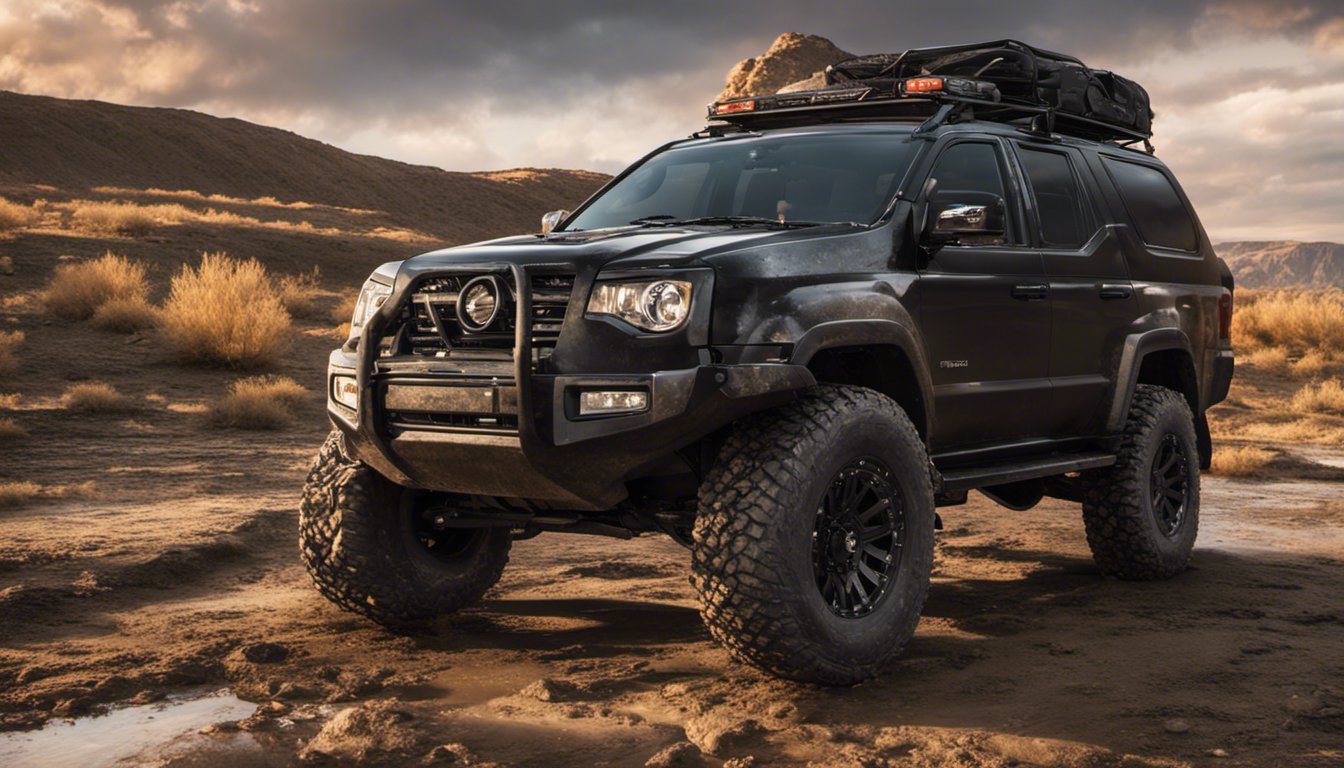
Before I discuss whether or not overlanding is bad for the environment, I’ll explain what the sport is all about first.
Overlanding is a type of travel characterized by remote roads, self-supported camping, and an emphasis on the journey rather than the destination. The vehicles used for overlanding are 4×4 capable adventure rigs outfitted to be self-sufficient for long-distance trips.
Overlanding can involve international travel, though it’s by no means a requirement. It’s sometimes used interchangeably with off-roading, though the latter focuses on short trips and the technical challenges introduced when driving on 4×4 roads.
Now, you’re reading this article because you’ve probably heard people saying that overlanding is bad for the environment. While there’s truth in it, it’s not entirely true. When done responsibly, overlanding isn’t bad for the environment.
To ensure ethical overlanding, you must follow trail etiquette, like not polluting your surroundings. I’ll talk more about this later in the article.
Why is Overlanding Becoming More Popular?
Overlanding is becoming more popular due to a desire for adventure, personalized travel experiences, and the rise of social media. The COVID-19 pandemic has also contributed to its popularity as a safe and socially distant way to explore new places.

Being self-sufficient, meaning having everything necessary for living, can be very liberating for many.
Through overlanding you can travel through remote regions and connect with local people in a way that flying into a tourist destination doesn’t. You have more freedom to go where you want to go, and you can connect to the natural landscape through camping in the beautiful wilderness.
How To Reduce Your Environmental Impact
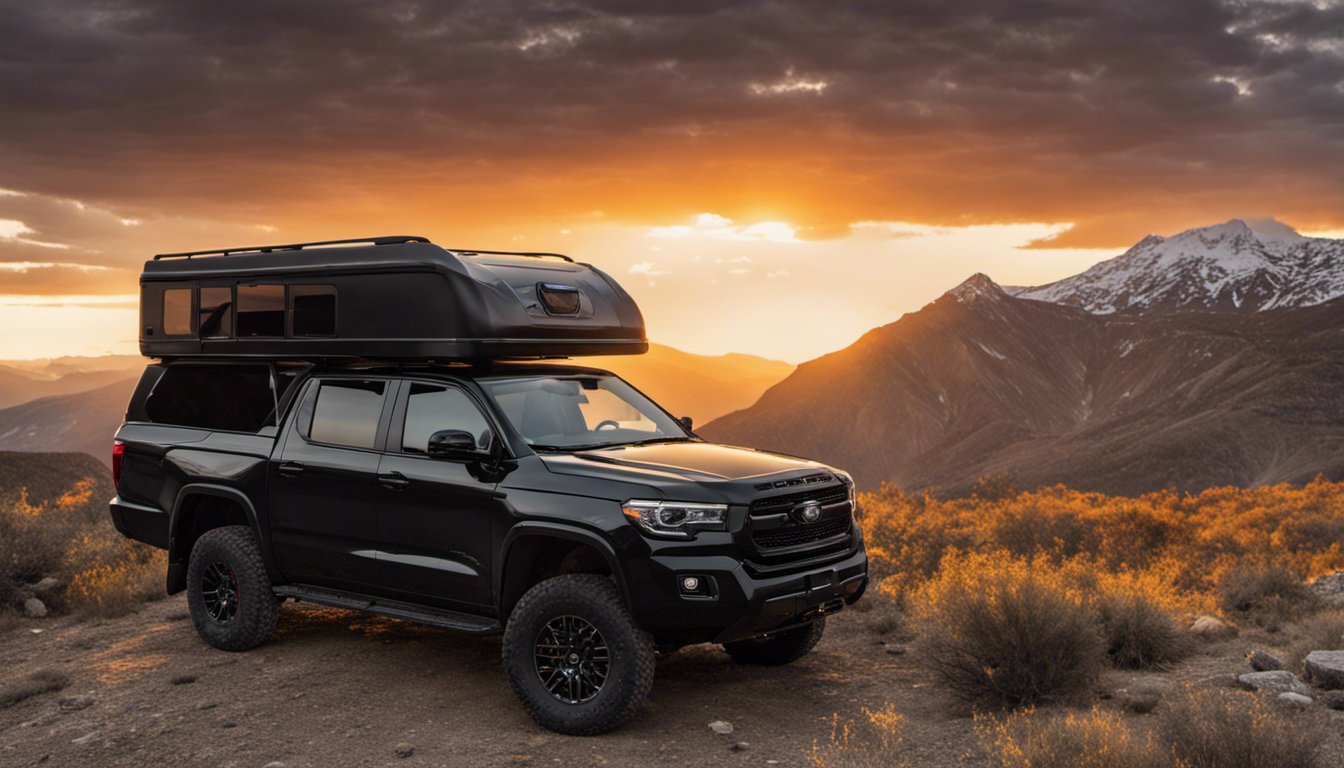
Now that I’ve discussed how fun and liberating overlanding can be and why overlanding appeals to many people today, let’s explore what you can do to lessen your environmental impact if you, too, want to be part of the overlanding community.
Stay on the Trail
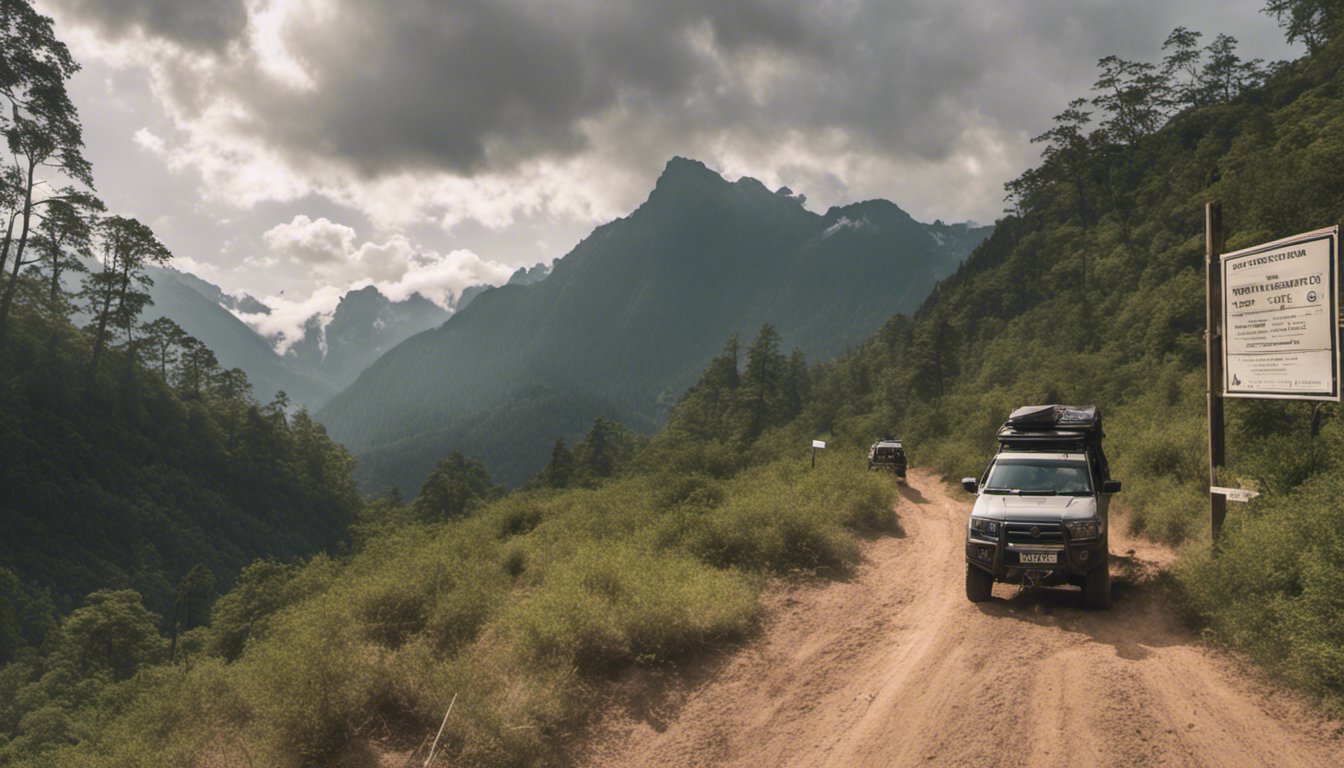
Different areas each have their own regulations, so reading local signage and following the “house rules is essential.” Most public lands require that motorized vehicles stay on designated trails. This is perhaps the most critical overlanding regulation and the most often ignored.
Vehicle tires can cause significant damage to vegetation and soils, and especially in the dry landscapes of the American West, this damage takes decades to recover.
While it may be tempting to drive off the trail, this can harm the ecosystem and lead to trail closures. There are hundreds of thousands of miles of designated motorized trails out there, and by staying on the trail, you can cause less of an impact on the environment.
Overlanding Can Cause Trail Widening
A common issue that arises on overlanding routes is that of “trail widening.” Trail widening is where you drive around an obstacle, such as a rock garden, rather than over it. In the process, you drive off-road, and when other people do the same thing, the road widens around the obstacle.
Unless you’re totally in over your head, it’s better to put your rig to the test and take on the obstacle rather than just driving around it. What’s the point of having a 4×4 if you’re not going to use it?
Camp Responsibly
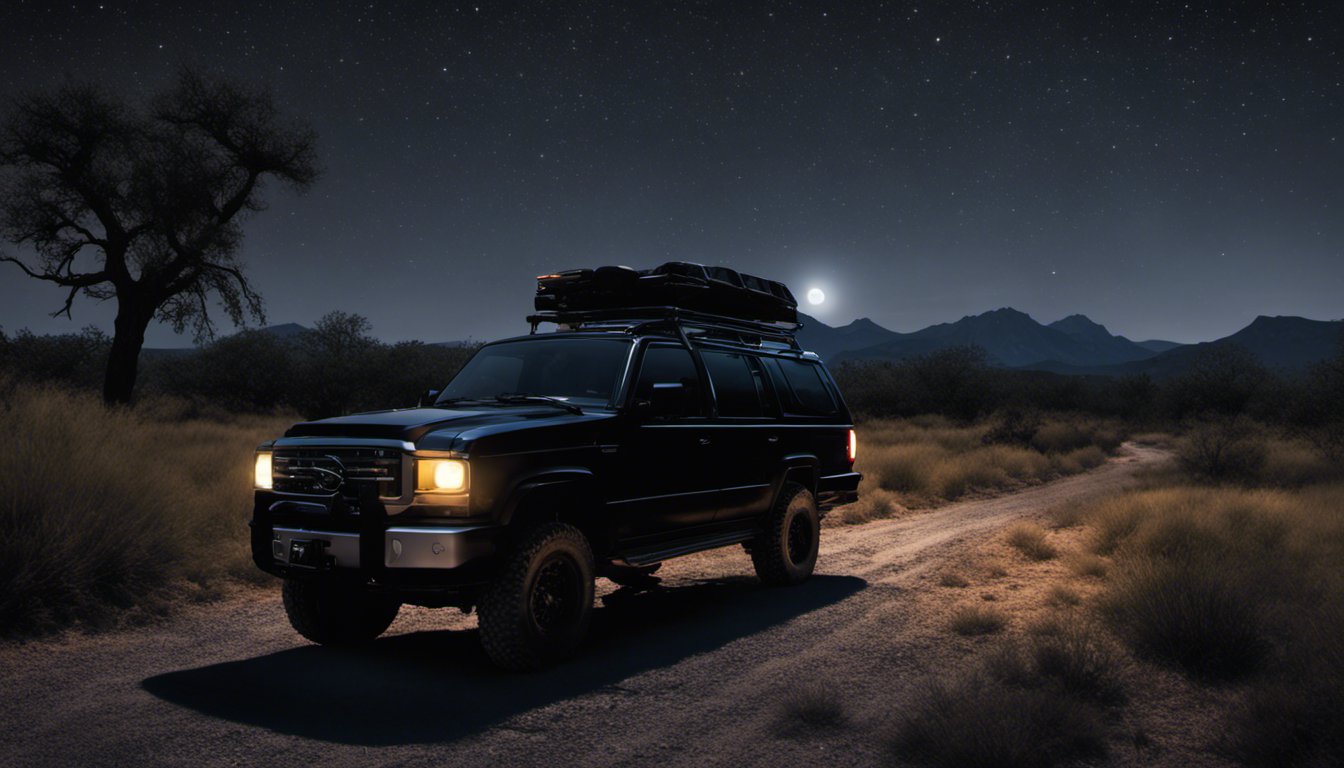
Camping is a fantastic complement to overlanding. Getting out into the middle of nowhere and sleeping under the stars with your adventure rig is an unforgettable experience. Adhering to Leave No Trace ethics and packing out all trash is another way to ensure you’re caring for the environment that you are enjoying.
It’s a common practice to mount a sturdy trash carrier onto the back of a vehicle. If you really want to go above and beyond, leave the landscape cleaner than you found it and pack out any trash you see on the side of the road. Keeping a separate compartment for recycling is another way to reduce your environmental impact.
Single-use products such as paper plates and plastic forks are undoubtedly convenient but carry a significant environmental impact when used regularly. Opt for reusable dishes and utensils and dial in your dishwashing system for an environmentally friendly camp kitchen.
Be Mindful When Using Water
Managing your water consumption will be a constant factor in planning your overlanding trip. Try to go as long as possible between showers and laundry sessions to lessen your environmental impact. Only wash your vehicle when it’s absolutely necessary, and wear the mud splatter as a badge of honor!
Manage Your Noise

Noise pollution is another issue that has caused policymakers to question whether more motorized vehicle regulations are needed. Loud noises from 4×4 vehicles can frighten animals and disrupt their normal patterns of travel and nesting habits.
Always stop to read signboards when overlanding, as certain areas might be closed to vehicles during mating season for sensitive species.
Be Strategic About How You Use Your Gas
The elephant in the room is gasoline and the fact that most overlanding rigs aren’t the most fuel-efficient. There’s not much getting around this one, but every outdoor sport has an environmental impact, and the most we can do is be as responsible as possible.
Air and bus travel also carry environmental repercussions, and it’s debatable whether overlanding is worse than other methods of travel.
Planning out your route ahead of time and bringing only what you need can help improve fuel economy, as carrying a bunch of extra heavy gear increases fuel consumption.
By fully keeping your tires inflated while driving on the pavement, you’ll also improve your fuel economy. Wait until you turn onto dirt roads to lower your air pressure for improved traction.
To resume, here’s what you can do to save fuel:
- Reduce weight: The heavier your vehicle is, the more fuel it will consume. Remove any unnecessary items from your vehicle before hitting the road.
- Check tire pressure: Properly inflated tires can improve fuel efficiency by reducing rolling resistance.
- Drive efficiently: Avoid sudden acceleration and braking, and maintain a steady speed. Use cruise control when possible.
- Plan your route: Use maps or GPS to plan the most direct and fuel-efficient route to your destination.
- Use fuel-efficient equipment: Consider using fuel-efficient camping equipment, such as propane stoves and LED lights.
- Reduce idling: Turn off your engine when parked or stopped for extended periods of time.
Final Thoughts
If travel responsibility, overlanding isn’t necessarily bad for the environment. It’s important to educate yourself about trail etiquette and follow Leave No Trace ethics. Investing in gear that’s environmentally friendly and built to last will lessen your overall impact. By overlanding responsibly, you can have an unforgettable journey while keeping the environment healthy and accessible to future generations.
